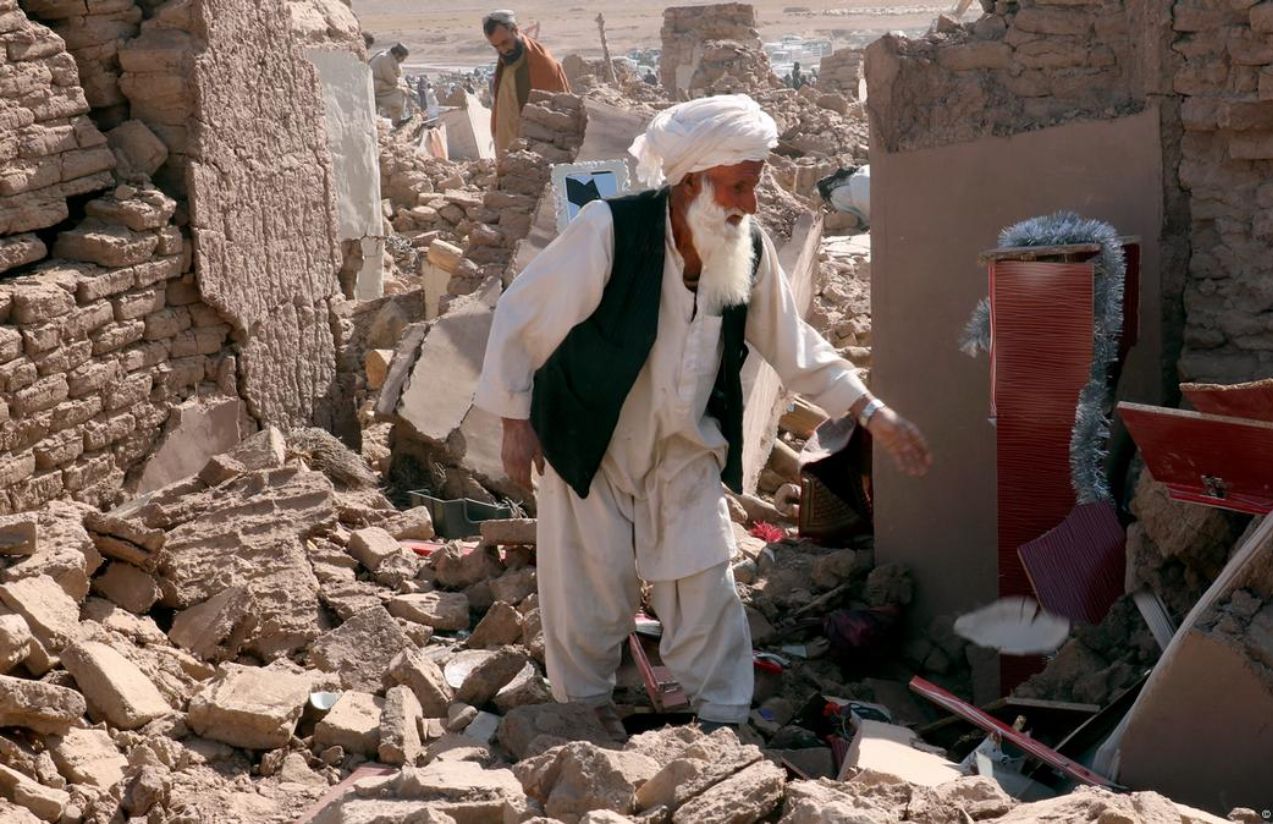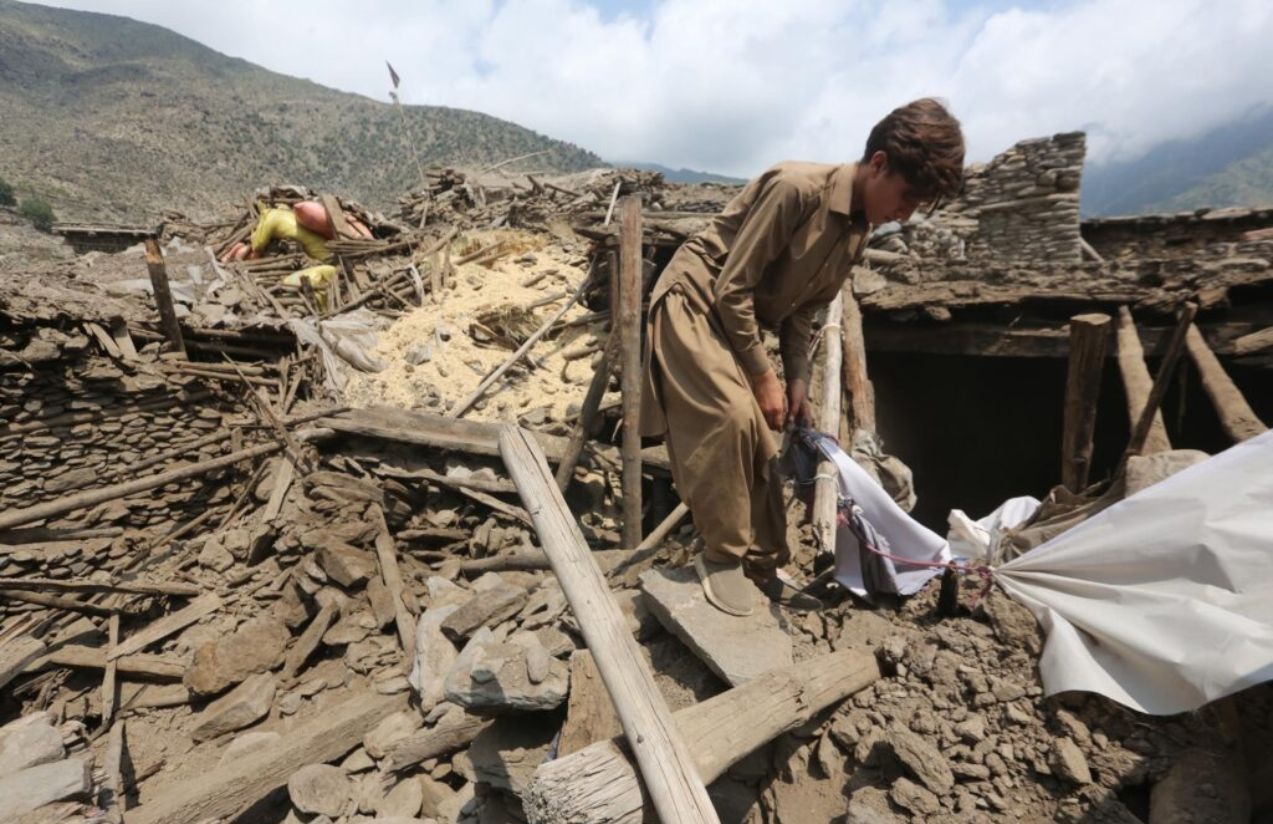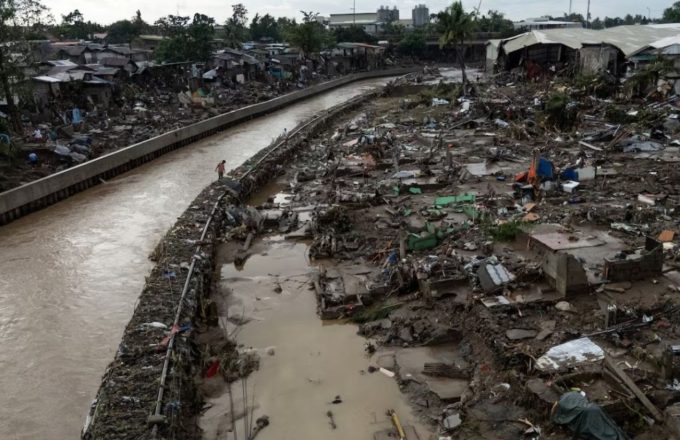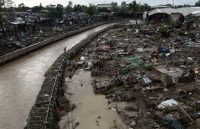A powerful 6.0-magnitude earthquake struck eastern Afghanistan on Sunday night, leaving behind a trail of destruction and grief. Taliban government authorities reported that at least 1,411 people have died and 3,124 were injured, mainly in Kunar province, with additional damage reported in neighboring rural districts such as Nurgal, Chawki, and Asadabad. In total, more than 5,412 homes were destroyed, flattening entire villages and displacing thousands of people.
Rescue operations are still underway, but teams face enormous challenges. Landslides and impassable roads have severely limited access to remote communities. Humanitarian organizations warn that the death toll may rise, as many people remain trapped under the rubble and vital aid is only slowly reaching the most isolated areas.

Why is the international humanitarian response so limited?
Despite the urgency, funding cuts, particularly from the United States, have grounded air support and reduced staffing, weakening response capacity. In addition, political reluctance to cooperate with the Taliban regime has further delayed the arrival of broader international aid.













